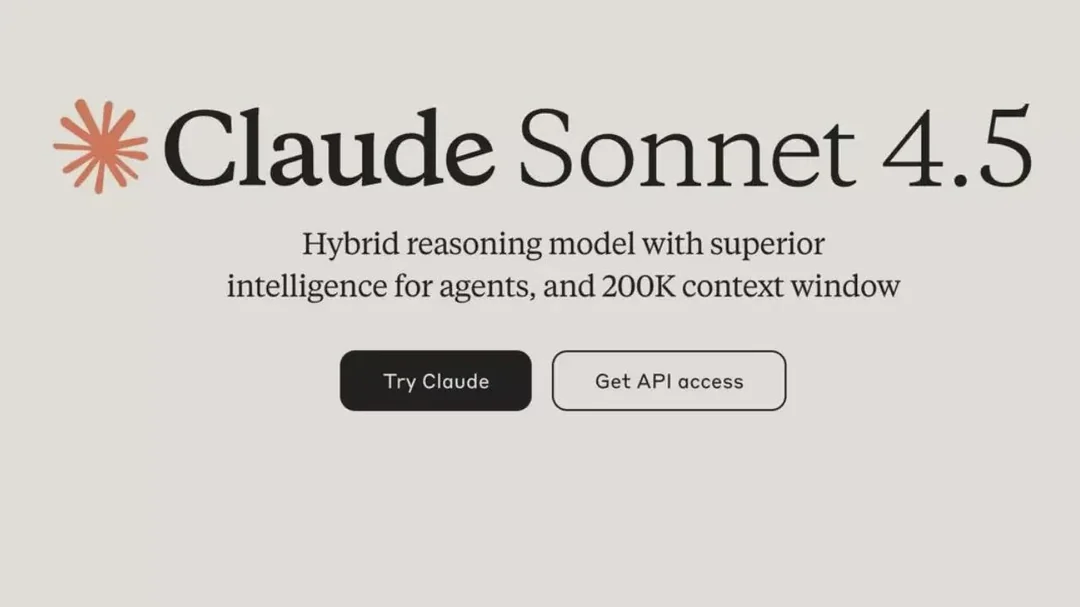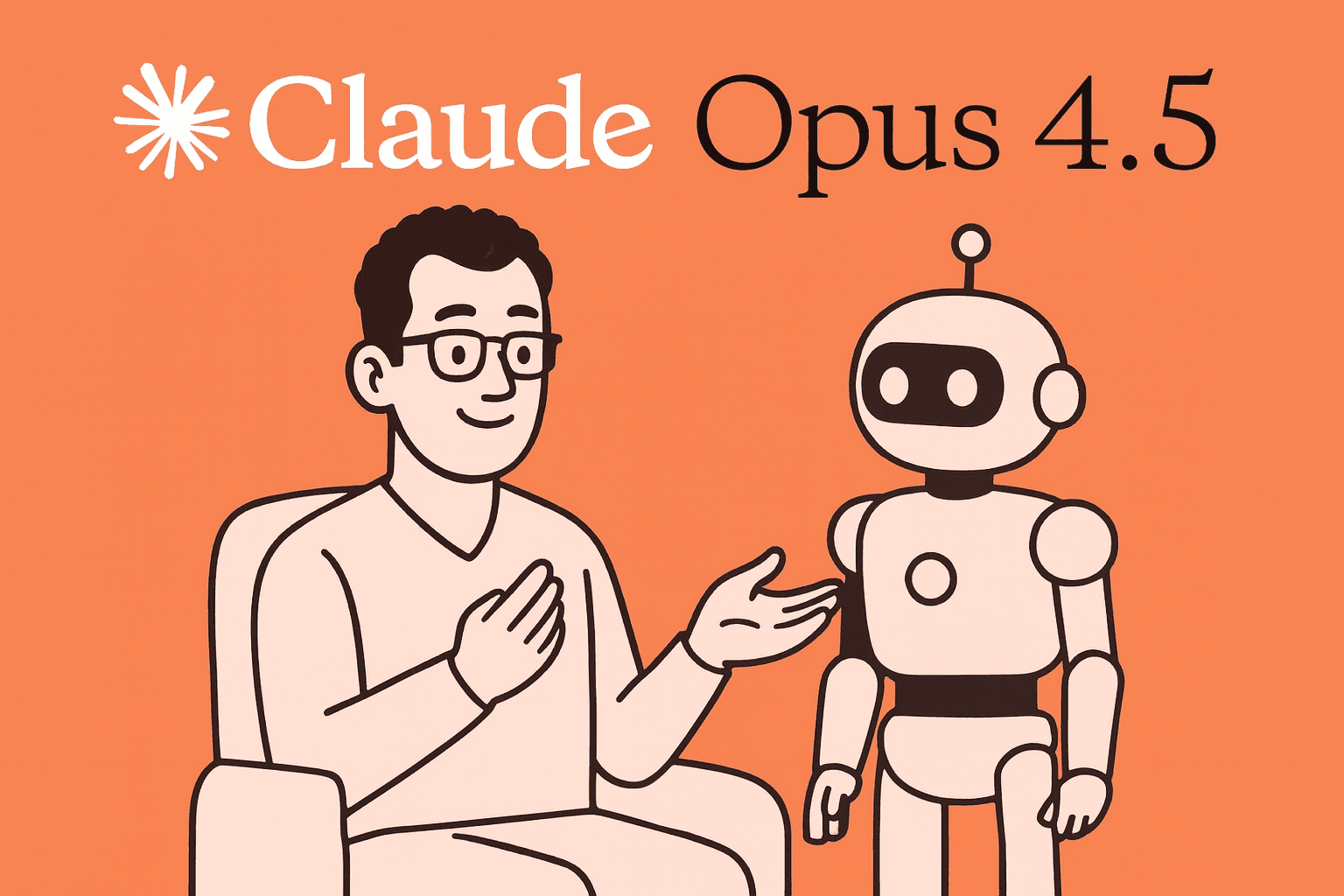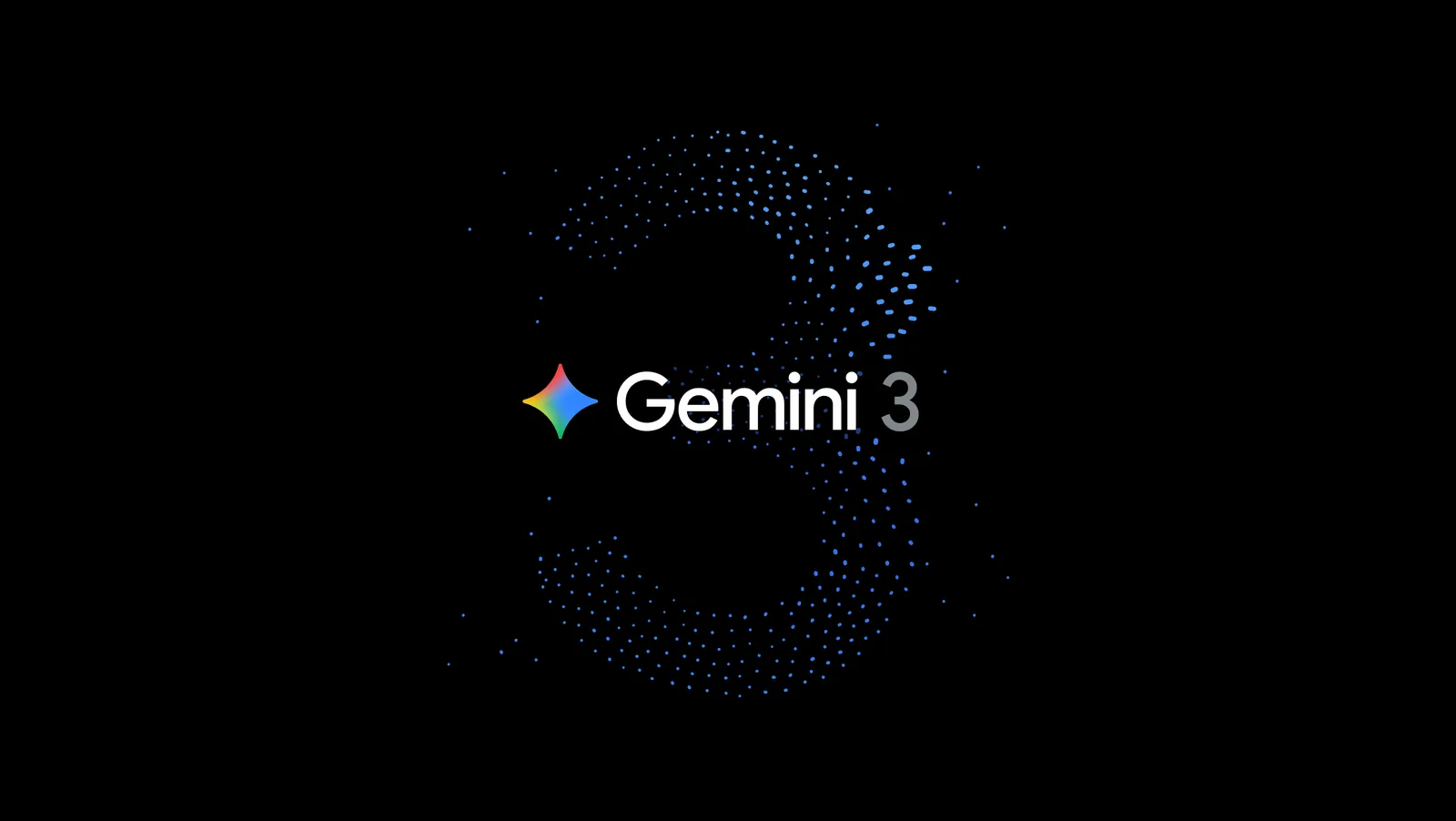
Claude Sonnet 4.5: The 30-Hour Agentic AI Autopilot🔥
Anthropic’s Claude Sonnet 4.5 promises 30 hours of uninterrupted autonomy, deeper reasoning turning AI agents into true collaborators.
Explore how PocketFlow’s minimal, graph-based design streamlines LLM app development no dependencies, just rapid, flexible, agentic coding.
PocketFlow represents a paradigm shift in Large Language Model (LLM) application development. In just 100 lines of code, it offers a fully expressive, minimalist, and modular framework for building agent workflows, retrieval-augmented generation (RAG) pipelines, and custom LLM orchestration—all without the bloat.
Unlike traditional frameworks that balloon with thousands of lines of code and heavy dependencies, PocketFlow distills LLM development to its core abstraction:

In 2025, the LLM toolchain is cluttered with over-engineered solutions:
| Framework | LOC (Lines of Code) | Dependencies |
|---|---|---|
| LangChain | 405,000+ | 166MB |
| CrewAI | 18,000 | 173MB |
| SmolAgent | 8,000 | 198MB |
| AutoGen | 7,000 | 26MB |
These frameworks were built with good intentions but have evolved into tangled webs of vendor-specific wrappers, internal tools, and obsolete abstractions. The result?
PocketFlow flips the script: it’s built for clarity, agility, and compatibility with AI agents.
PocketFlow is based on a single, powerful abstraction: the directed graph. Each graph node represents a logical step (e.g., "Summarize Email"), and flows can be composed, batched, branched, or looped.

With PocketFlow’s tiny-yet-powerful toolkit, you can easily replicate major LLM architectural patterns:
✨ Below are basic tutorials:
| Name | Description |
|---|---|
| Workflow | A writing workflow that outlines, writes content, and applies styling |
| Chat | A basic chat bot with conversation history |
| RAG | A simple Retrieval-augmented Generation process |
| Agent | A research agent that can search the web and answer questions interaction |
| Streaming | A real-time LLM streaming demo with user interrupt capability |

PocketFlow powers real systems used in production and research today:
PocketFlow isn’t just a tool—it’s a growing movement. The ecosystem includes:
The future of software is co-developed by humans and AIs. PocketFlow is built for agentic coding, where LLMs like GPT-4 or tools like Cursor actively read, write, and refactor your workflows.
In a world where developers and AI assistants work side by side, frameworks must be transparent and hackable—not black boxes.
Continue exploring these related topics

Anthropic’s Claude Sonnet 4.5 promises 30 hours of uninterrupted autonomy, deeper reasoning turning AI agents into true collaborators.

No hype, just hard numbers—benchmarks, pricing, and real-world tests that show how Claude Opus 4.5 delivers top-tier performance at a much lower cost.

Meet Gemini 3 Pro, Google’s most powerful AI model yet — 1M-token context, deep reasoning and true AI agents that can plan, build and execute.